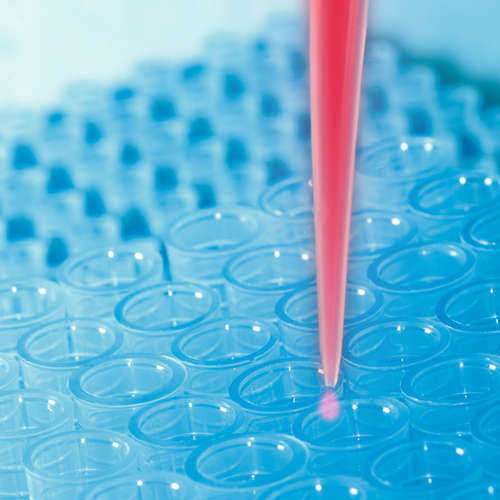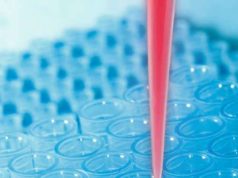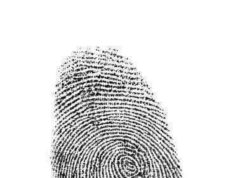
DNA evidence is a particular kind of evidence associated with DNA profiling. DNA evidence is one of the most commonly known kinds of scientific evidence, due to its extensive use in any number of different police procedural drama television shows.
DNA evidence is, in general, gathered by examining a crime scene thoroughly using a forensic toolkit in order to obtain any substances at the crime scene which might be used for matching DNA in a test. For example, semen might be gathered from a crime scene so that it can be checked for DNA evidence in order to ascertain who was at the crime scene. DNA evidence thus uses this scientific evidence in order to provide conclusions for proving a particular case in the trial.
It is important to remember, however, that DNA evidence, like much scientific evidence, is ultimately considered to be circumstantial evidence. This means that it does not definitively prove anything the point which needs to be proved within the trial, and instead provides only a strong inference in favor of the point.
For example, collecting DNA evidence from a crime scene might prove that an individual was at the crime scene, at some point, but it would not prove that he or she committed the crime, or even necessarily that he or she was at the crime scene at the time of the crime. This is why DNA evidence and other forms of scientific evidence are not necessarily as conclusive as some might think.

























